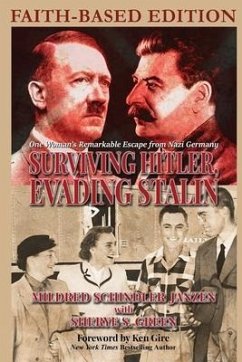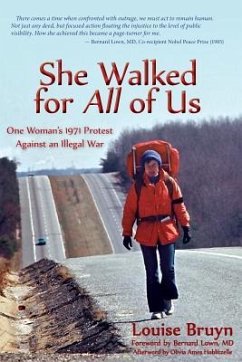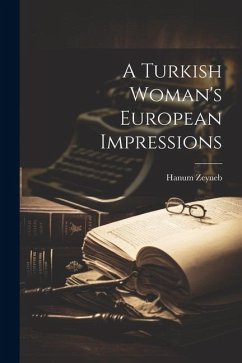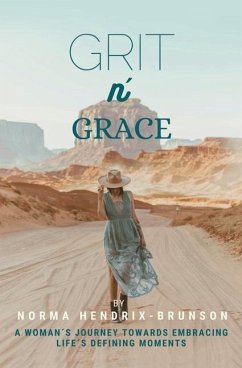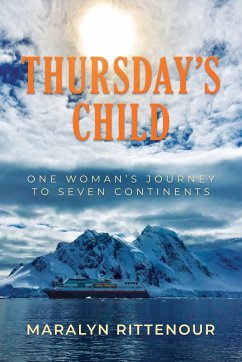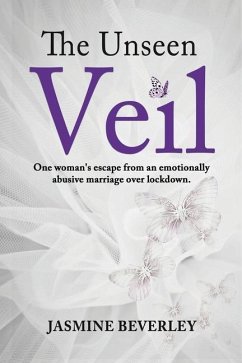Mrs. Houstoun was a British travel writer, author, biographer, and feminist activist. She is most known for her travel writings, particularly Texas and the Gulf of Mexico (1844) and Hesperos, which include observations about African-American life in the Confederate Deep South. Later, she shifted her focus from books to social reform, namely the rights of working-class women and single mothers. During her lifetime, her most famous work was Recommended to Mercy, a female-driven "yellow-back" book released in 1862. Matilda Charlotte Jesse was christened into the Church of England on August 16, 1811, at All Saints' Parish Church in West Bromwich, Staffordshire. Her father, Edward Jesse (1780-1868), was a natural history writer and the son of a Yorkshire clergyman. His family were Huguenots (French Protestants) who moved to England after the edict of Nantes was revoked in 1685. He was friends with Irish statesman and author John Wilson Croker, as well as Rev. John Mitford, editor of The Gentleman's Magazine. Jesse held a number of government offices, including sinecure positions, and eventually rose to the position of Deputy Surveyor of Royal Parks and Palaces, where he assisted in restoring Hampton Court Palace.







